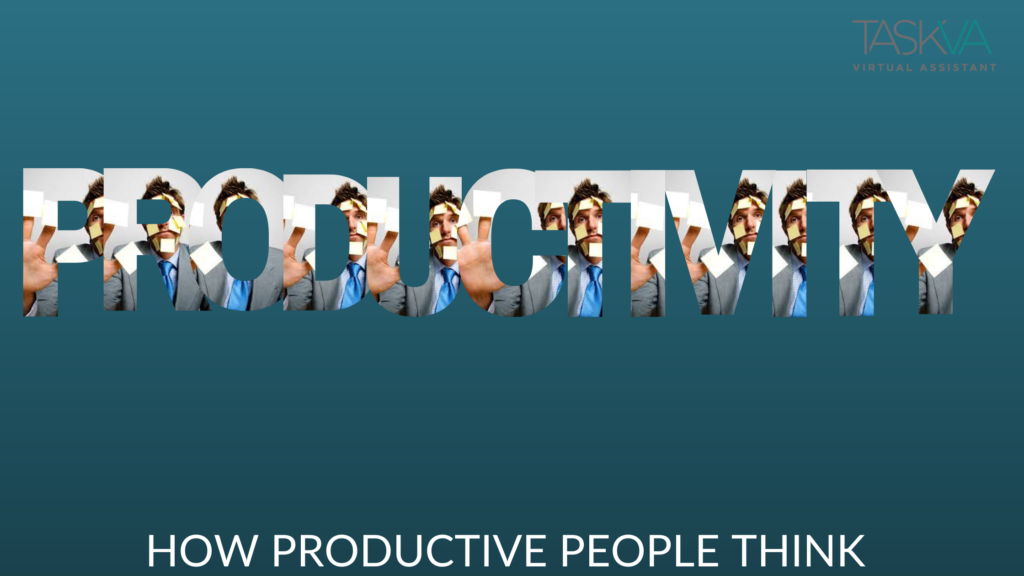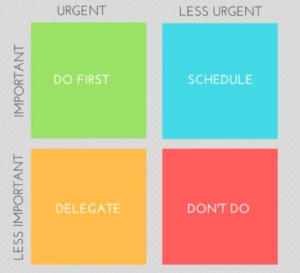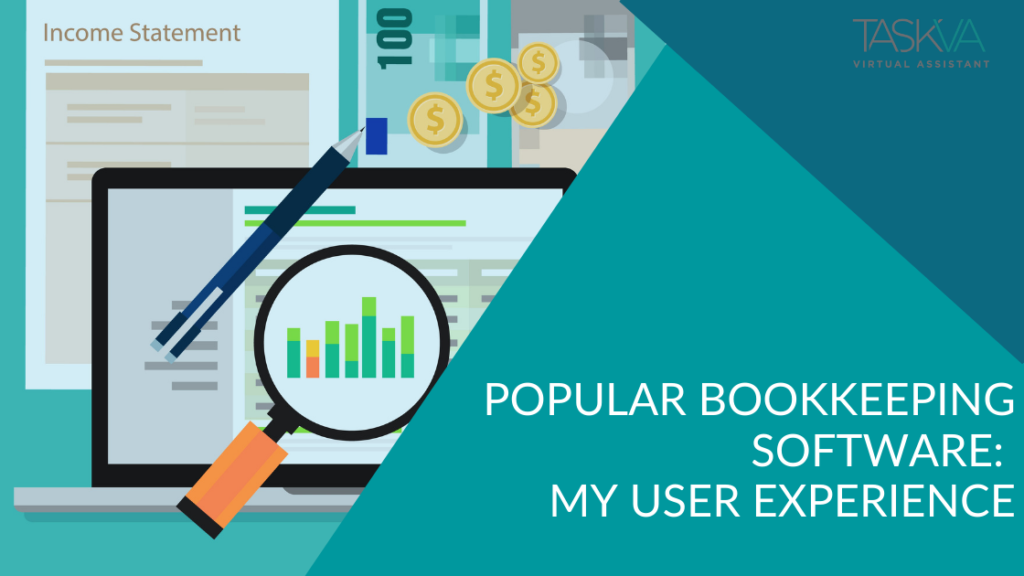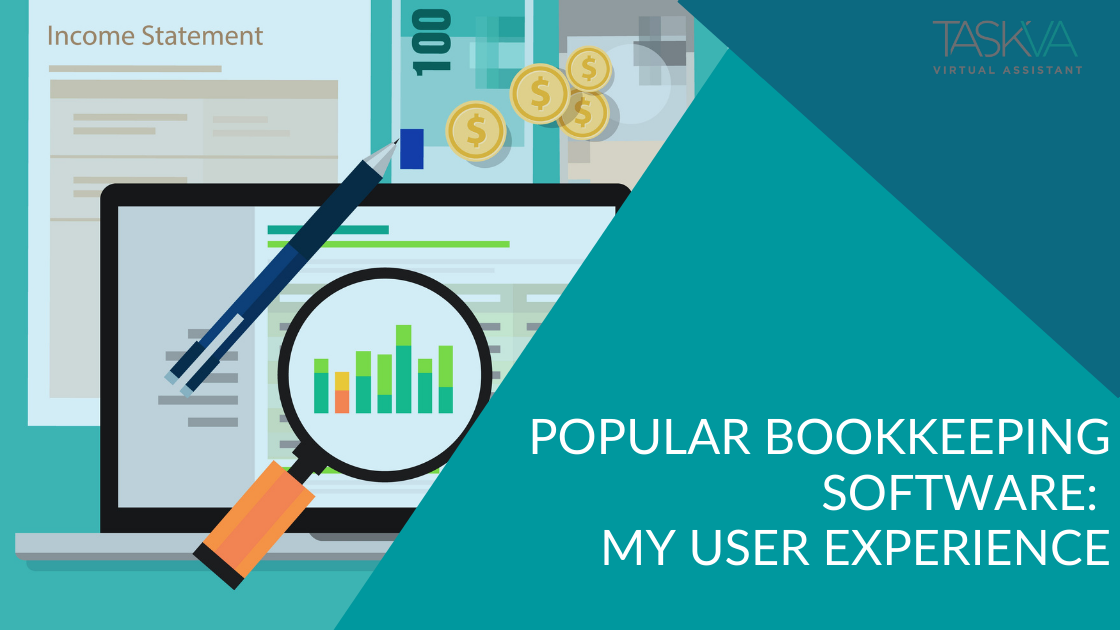When Do Clients Need To Hear From Us?

When Do Clients Need To Hear From Us?

During a business transaction, there are critical times that communication is vital to keep clients feeling like you are in touch and engaged with their unique situation.
Remember that your goal with a recap message is to build a relationship with the client and not just sell to them.
The best recap emails summarize the discovery into two or four key points. First, they reinforce the decision to move forward. A recap email can confirm the next call's date, purpose, and plan. Third, it builds accountability and keeps the lines of communication open.
Your clients will appreciate the communication you are providing. And, they'll be more likely to hire you if you send them an excellent recap email.
So, what are the key points in a project that need a recap or communication?
- In the beginning, the introductory phase of your association.
- At the start of your project - the kickoff.
- At any time they feel confused.
- Through each new step of the process.
- Whenever there is a delay or problem.
- At the project's close, the end of the order or the wrap-up of your business with them.
1. In the beginning
A potential client will make a series of decisions before settling on you as their chosen Accountant.
One might consider the introductory phase to be the most important. Remember, you never get a second chance at a first impression. Therefore, it would help if you communicated clearly and confidently what the client could expect from you during the entire transaction.
Help the client visualize doing business with you by laying out the process with simple, easy-to-understand steps.
Create a simple project map, bulleting each phase with necessary details such as what the client will need to provide and anticipated turnaround times. This will go a long way toward helping them understand what will happen and who will be responsible for what along the way.
Finally, you'll want to exchange contact details and any other pertinent information such as account numbers, personal identification, and any relevant matters that pertain to the service or products you'll be providing to them.
2. The Kickoff
Once the introductory phase is complete, you will want to help clients stay on track with the timing and details of any work you do for them. You can fill them in on exactly what will happen, so they know what to expect going forward.
One helpful piece of communication that you can hand out as you onboard new clients is the Welcome Email or Welcome Letter.
The welcome message gives a client the confidence you are committing to them and that the two of you (or a group if that's relevant) are partnering or teaming up for success.
You should customize the content of your welcome message according to the client, the specific project, and an estimated timeline of how long it will take. Streamline this process with a general timeline for your template, but insert details before printing and handing it to the client.
3. When They Feel Confused
New clients tend to ask specific questions. You may even notice that most of the new clients you deal with have the same questions as other clients did when they first began working with you.
You may feel like a broken record giving the same answers repeatedly all day long, which results in a lot of unnecessary email typing and talking on the phone.
Of course, the accounting and tax preparation business you have lends itself to talking on the phone or in person with clients, and you may not have the option of getting out of this.
However, the simple addition of an FAQ area of your website, or FAQ handout you provide to clients, can drastically cut down on the amount of time you spend explaining things to the people who solicit your services.
Your Frequently Asked Questions handout should include all aspects of your business that tend to confuse people the most.
What do people always ask you? Write that down. Then think of other things they ask you. Brainstorm "through your client's mind," list out, and answer.
You can continue to build on your FAQ, modifying it from time to time. Any time a client comes to you wanting clarification on something, write down their question. Then take some time to answer it in detail, and add it to your FAQ file.
4. Every Step of the Way
A quick email message signals forward momentum in your step-by-step process with clients. Of course, it only takes a short, written wrap-up to let them know a phase is complete, but this brief message will add to the confidence and trust your client holds in you.
At each step, you can sum up:
- What was accomplished during this step.
- Any deliverables you provided (so they can be reminded of the ongoing value you deliver to them).
- Any problems that came up during this step.
- Any outstanding items that will need to be addressed.
- What to expect in the next step.
- How long you expect the next step to take.
5. Another Delay!?
Delays of any kind will cause your clients to doubt you and begin to worry. They may fear that you will not be able to deliver the end product the way they prefer or in the allotted time frame. In addition, they may worry that you cannot be trusted - after all, they likely don't even know you.
A brief and reassuring message that lets them know you are handling their issue or attending to their details quickly and thoroughly will ease their discomfort.
As you work on similar projects for various clients, you will notice a pattern of issues that may come up repeatedly. For example, a recurring problem with Accounting firms is that the client does not promptly provide the necessary information.
You can work through this challenge by creating a short template of common problems. For example, your template can explain the delay, or it might make a request for the client to fulfill, which applies to each type of delay.
Keep the messages you create in your file of templates. Print or email and use as necessary when future clients voice complaints about things outside your control realm.
If problems occur that you know you can handle but must be worked through in a routine fashion, your proactive message will go a long way to dispel their fears, increasing their trust in you as their chosen provider.
6. That's a Wrap!
When your work for the client concludes, send them a brief wrap-up bulleting the work completed.
Thank them for their business and remind them that if they have any questions or would like to leave a positive review, please reach out to you via email, phone, or whatever your preferred method of communication may be.
One last thing:
Keep invoicing separate from the "final wrap-up" message - these should be two separate areas, as you do not want your clients thinking about payment in the same context as what was delivered.
When Do Clients Need To Hear From Us? Read More »






















